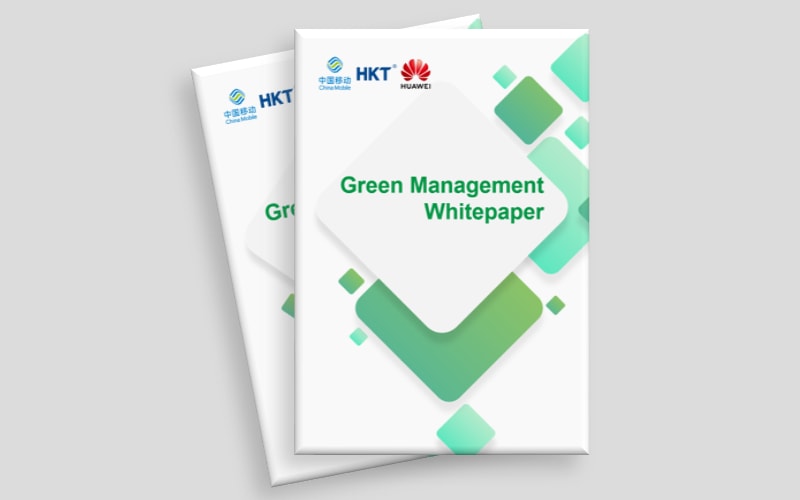Green 5G White Paper
Building Green Networks to Lighten Up the Way to a Low-carbon Future
We have moved to purpose a green network assessment system for energy efficiency and define major characteristics and eight technological directions for building green 5G target networks. These suggestions will be key to helping carriers achieve their strategic carbon goals while evolving their networks.

Climate change is a global challenge. Countries must cooperate closely to develop a low-carbon economy. To this end, 189 countries have joined the Paris Agreement, and the world's major economies have all made commitments to carbon neutrality. The European Union (EU) has established a long-term strategy for achieving carbon neutrality by 2050, making it a clear focus in almost all of its policies. As a developing country, China has pledged to peak its carbon emissions by 2030 and become carbon neutral by 2060. After returning to the agreement in 2021, the United States is also more on track now than it was following its withdrawal in 2019.
The ICT industry is the first to respond to the Paris Agreement, moving both itself and its verticals toward carbon emission goals.
Communications contribute to non-ICT carbon emissions. As the world has moved from 2G and 3G to 4G, and now 5G, mobile services have expanded from voice calls and text messages to HD voice calls, mobile videos, personal applications, and platform services in many new fields, becoming an essential part of our daily lives. Such a diverse range of communications has always played an important role. In particular, 5G has already emerged as a new information infrastructure to enable digital intelligence in both production and operations across a wide range of industries, helping them optimize processes, control precision, and operations. One huge benefit from such progress is the substantial improvement in energy efficiency in social and economic activities, bringing our planet closer to the low carbon targets. In its report The Enablement Effect, GSMA showed that "with a European and North American scope, mobile technologies had a 1:5 enablement ratio compared to the footprint of the industry in 2015." This means that one kWh of power used by mobile networks has led to a 5 kWh reduction of electricity consumption in other industries. GSMA believes this ratio will further rise to 1:10 by 2025.
ICT carbon emissions have continuously decreased with swift action towards carbon neutrality. Many operators, such as Deutsche Telekom, Vodafone, France Telecom, Telefonica, China Mobile, China Telecom, and China Unicom, have given "green" growth a high priority on their strategic agendas.
Trends and interest towards carbon neutrality are growing. The ITU has made the reduction of ICT carbon emissions by more than 45% a clear target for 2030. Many operators have announced their own carbon neutrality targets and the action plans to deliver these targets.
In response to the above concerns, Huawei releases this Green 5G White Paper. It aims to facilitate joint industry efforts to develop effective systems for measuring network energy efficiency and to explore new technical directions for green networks, helping achieve carbon peak and carbon neutrality.
- Tags:
- 5G
- Environment
- White Paper





